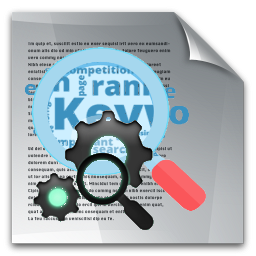| Id | 875 | |
| Author | Rayment J., Sidhu M., Wright P., Brown P., Greenfield S., Jeffreys S., Gale N. | |
| Title | Collaboration for impact: Co-creating a workforce development toolkit using an arts-based approach | |
| Reference | Rayment J., Sidhu M., Wright P., Brown P., Greenfield S., Jeffreys S., Gale N.; Collaboration for impact: Co-creating a workforce development toolkit using an arts-based approach ;International Journal of Integrated Care vol:20 issue: 2 page:1.0 |
|
| Keywords | Arts-based methods; Collaboration; Community health workers; Risk; Workforce |
|
| Link to article | https://www.scopus.com/inward/record.uri?eid=2-s2.0-85086329871&doi=10.5334%2fijic.5377&partnerID=40&md5=50505f1e3b74077c7838de6f9740c3ac |
|
| Abstract | Introduction: The identification, communication and management of health risk is a core task of Community Health Workers who operate at the boundaries of community and primary care, often through not-forprofit community interest companies. However, there are few opportunities or resources for workforce development. Publicly funded researchers have an obligation to be useful to the public and furthermore, university funding is increasingly contingent on demonstrating the social impact of academic research. Collaborative work with participants and other stakeholders can have reciprocal benefits to all but may be daunting to some researchers, unused to such approaches. Methods: This case study is an account of the co-creation of a (freely accessible) workforce development toolkit, as part of a collaboration between academics, community interest companies, patients and services users and arts practitioners. Results: Our collaborative group produced three short films, fictionalising encounters between Community Health Workers and their clients. These were used within a series of five discussion-led workshops with facilitator guidance to explore issues generated by the films. Two collaborating community-based, not-forprofit organisations piloted the toolkit before its launch. Conclusion: We aim to encourage other academics to maximise the impact of their own research through collaborative projects with those outside of academia, including research participants and to consider the potential value of arts-based approaches to explore and facilitate reflection on complex tasks and tensions that make up daily work practices. Whilst publication of findings from such projects may be commonplace, accounts of the process are unusual. This detailed account highlights some of the benefits and challenges involved. © 2020 The Author(s). |
|
| Metodology | Technique |











